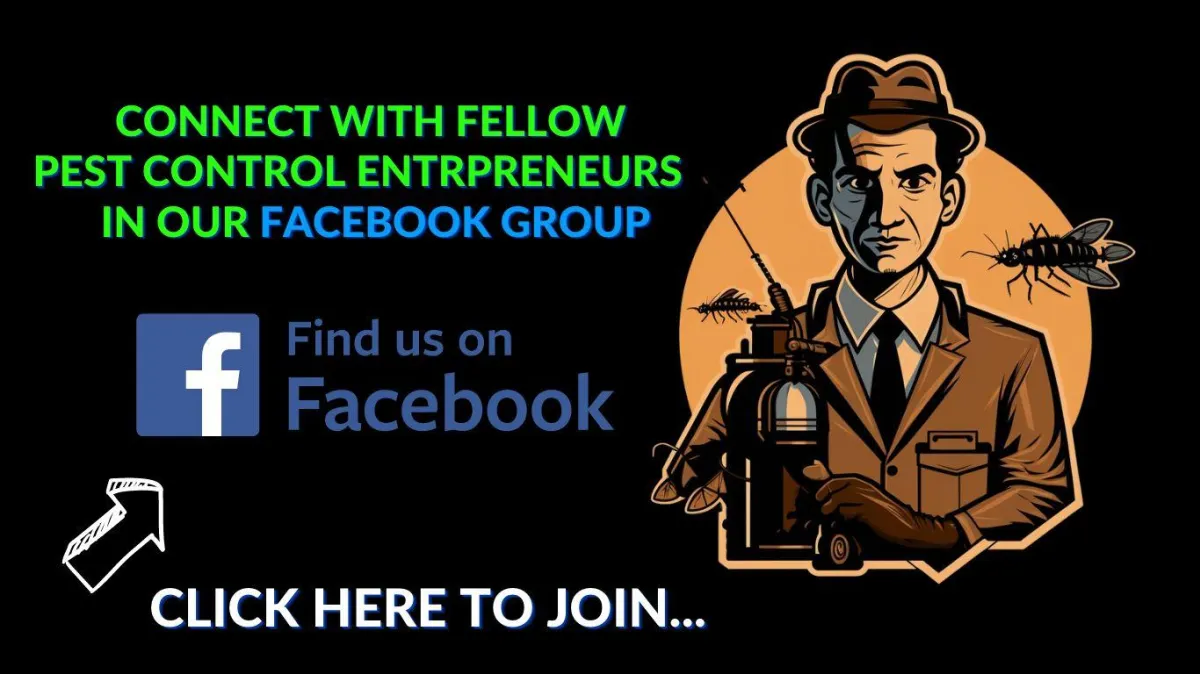Learn How To Start A Business In The Pest Control Industry
Welcome To The #1 Hub On The Internet For Pest Control Entrepreneurs
Do You Need Help Growing Or Starting Your Business?
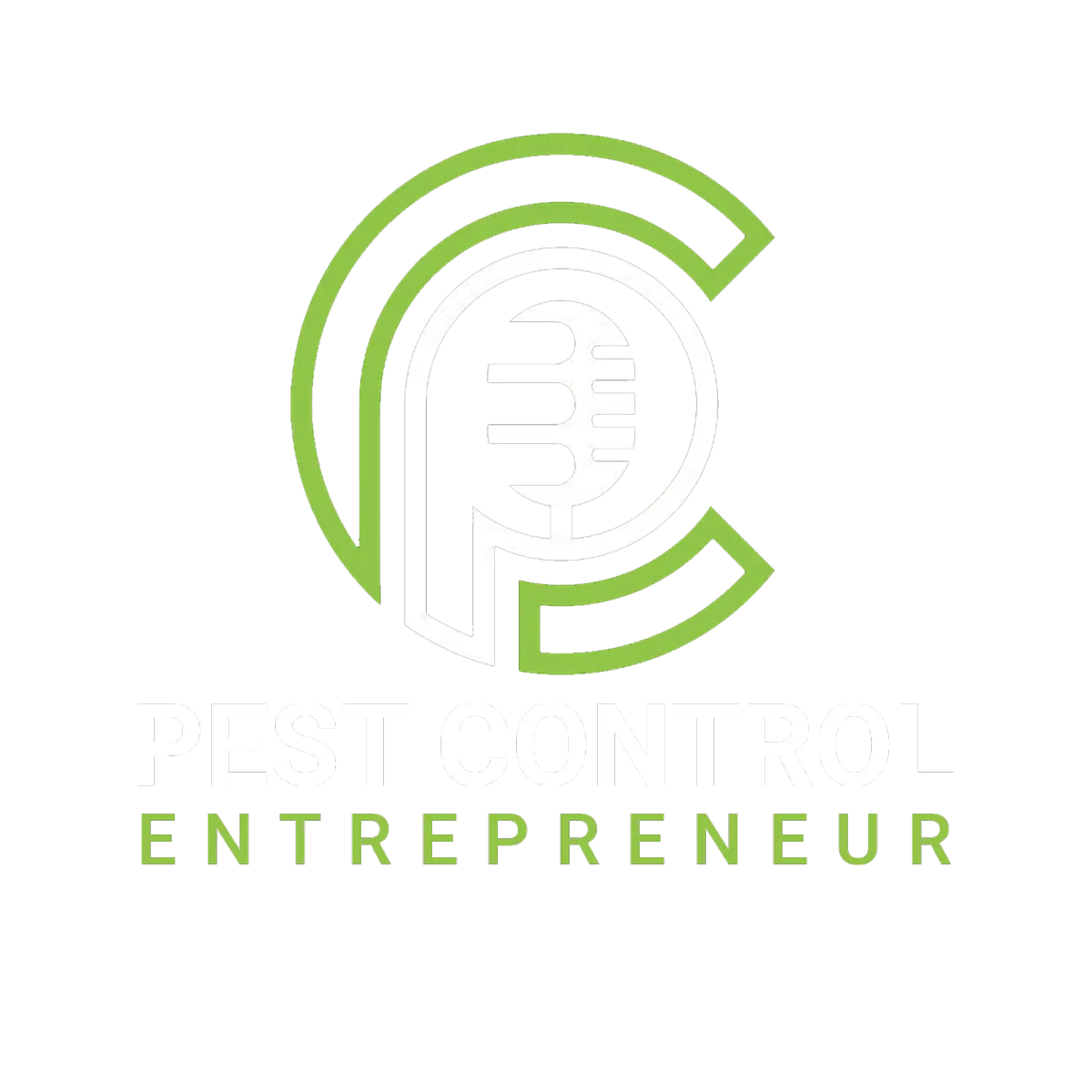
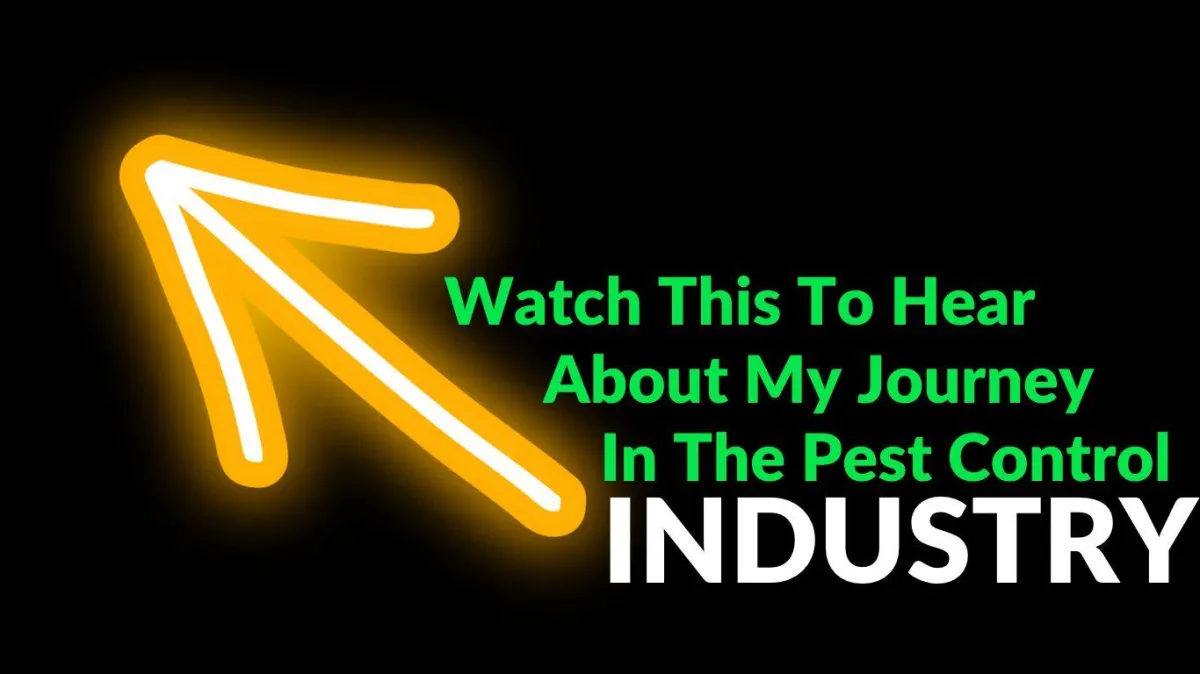
Click Here To Read The Blog...

Efficient Bug & Insect Management for Pest Control Businesses
Efficient Bug & Insect Management for Pest Control Businesses
As a pest control business owner, dealing with different types of bugs and insects is an everyday occurrence. From ants and cockroaches to termites and bed bugs, each pest requires a different approach to control and eradicate. Knowing how to deal with each type of pest is crucial to the success of your business and the satisfaction of your clients.
The first step in dealing with any pest is to properly identify it. This can be done through visual inspection, pest monitoring devices, or by consulting with a pest management professional. Once the pest has been identified, the next step is to determine the most effective treatment method. This may include using baits, traps, or insecticides, or implementing non-chemical control methods such as exclusion or sanitation. It is important to choose a treatment method that is both effective and safe for the environment and the people and pets in the area.
In addition to treatment, prevention is also an important aspect of pest control. Educating your clients on how to prevent pest infestations can help reduce the need for future treatments and improve overall satisfaction. This can include simple measures such as sealing cracks and crevices, reducing clutter, and proper food storage. By taking a comprehensive approach to pest control that includes identification, treatment, and prevention, your pest control business can effectively deal with different types of bugs and insects and provide excellent service to your clients.
Watch Jake Ingledue explain and find the wild bugs of Oregon...
Identifying Common Bugs and Insects
When it comes to pest control, identifying the type of bug or insect is crucial in determining the best course of action to eliminate the problem. Here are some common bugs and insects that pest control businesses should be able to identify:
Cockroaches
Cockroaches are one of the most common pests found in homes and businesses. They are usually reddish-brown or dark brown in color and have a flattened, oval-shaped body. They have six legs, two antennae, and can range in size from 1/2 inch to 2 inches in length.
Ants
Ants are another common pest that can invade homes and businesses. They are usually black, brown, or reddish in color and have a segmented body with six legs and two antennae. They range in size from 1/16 inch to 1/2 inch in length.
Termites
Termites are often referred to as the "silent destroyers" because they can cause extensive damage to homes and businesses without being detected. They are usually light brown or white in color and have straight antennae and a straight waist. They range in size from 1/4 inch to 1/2 inch in length.
Bed Bugs
Bed bugs are small, reddish-brown insects that feed on the blood of humans and animals. They are usually found in beds, furniture, and other areas where people sleep or rest. They have a flat, oval-shaped body and are about 1/4 inch in length.
Spiders
Spiders are usually not a serious threat to humans, but they can be a nuisance when they invade homes and businesses. They have eight legs and range in size from 1/8 inch to 3 inches in length. They can be black, brown, or yellow in color and may have markings or patterns on their bodies.
Rodents
Rodents, such as mice and rats, are common pests that can cause damage to homes and businesses. They have a long, pointed snout, two large front teeth, and a long, scaly tail. They range in size from 2 inches to 10 inches in length and can be brown, gray, or black in color.
Identifying the type of bug or insect is the first step in effective pest control. By knowing what to look for, pest control businesses can determine the best course of action to eliminate the problem and prevent future infestations.
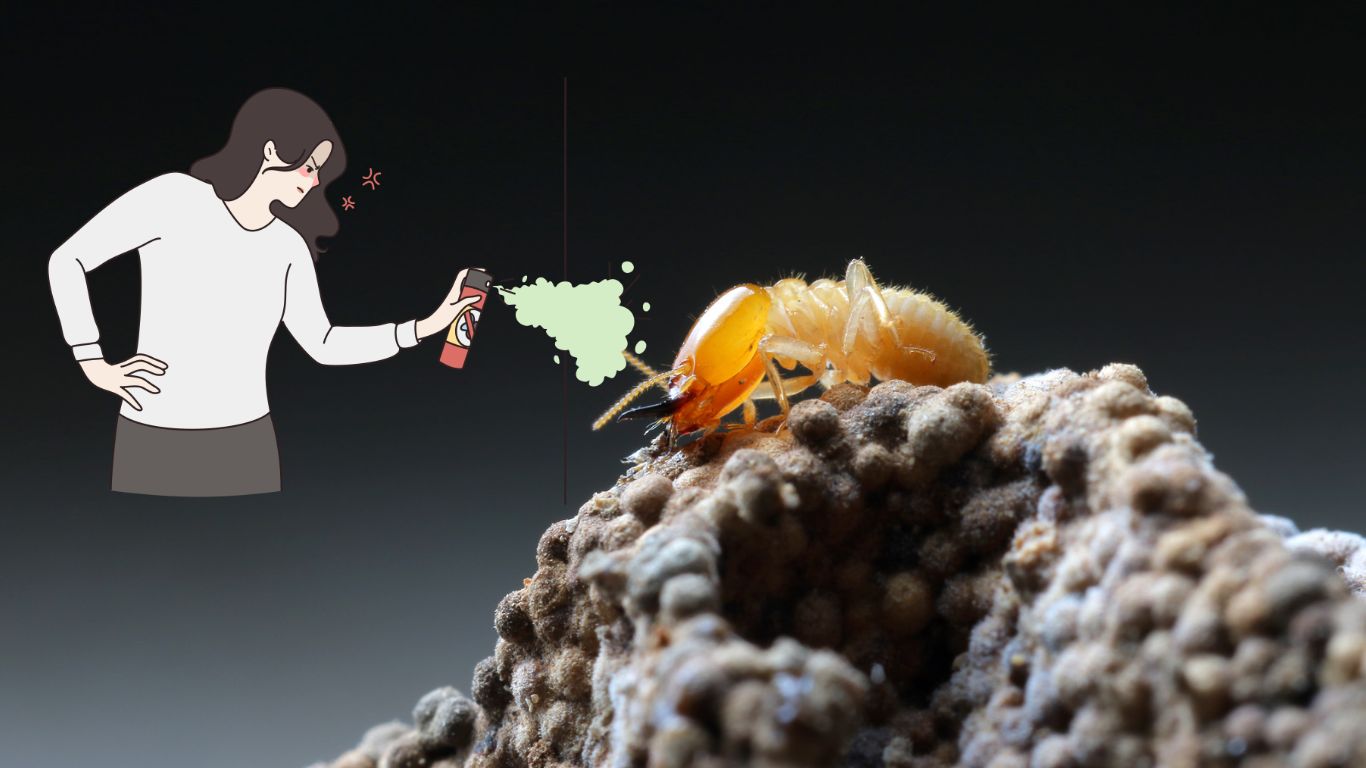
Preventative Measures
Preventing pests from entering a home or business is always the best form of pest control. There are several preventative measures that can be taken to reduce the likelihood of an infestation. Here are a few effective ways to prevent pests from entering a property:
Sealing Entry Points
One of the most important preventative measures is sealing entry points. Pests can enter through even the smallest of cracks, so it is important to seal any openings in the building's exterior. Common entry points include gaps around windows and doors, cracks in the foundation, and holes for utility lines. Caulking and weather-stripping can be used to seal these openings.
Proper Sanitation
Good sanitation practices can also help prevent pests from entering a property. Pests are attracted to food and water sources, so it is important to keep the property clean and free of debris. This includes storing food in sealed containers, regularly cleaning up spills and crumbs, and properly disposing of trash.
Eliminating Standing Water
Standing water can attract pests such as mosquitoes and flies, so it is important to eliminate any areas of standing water around the property. This includes fixing leaky pipes and faucets, regularly cleaning gutters, and ensuring that outdoor containers are properly drained.
Trimming Vegetation
Overgrown vegetation can provide a hiding place for pests, so it is important to regularly trim trees, bushes, and other vegetation around the property. This will also help prevent pests from using branches and foliage to gain access to the building's exterior.
Using Repellents
Using repellents can also be an effective preventative measure. There are several types of repellents available, including natural options such as essential oils and chemical options such as insecticides. It is important to choose the right repellent for the specific type of pest and to follow the instructions carefully to ensure that it is used safely and effectively.
By taking these preventative measures, property owners can reduce the likelihood of a pest infestation and keep their home or business free of unwanted guests.
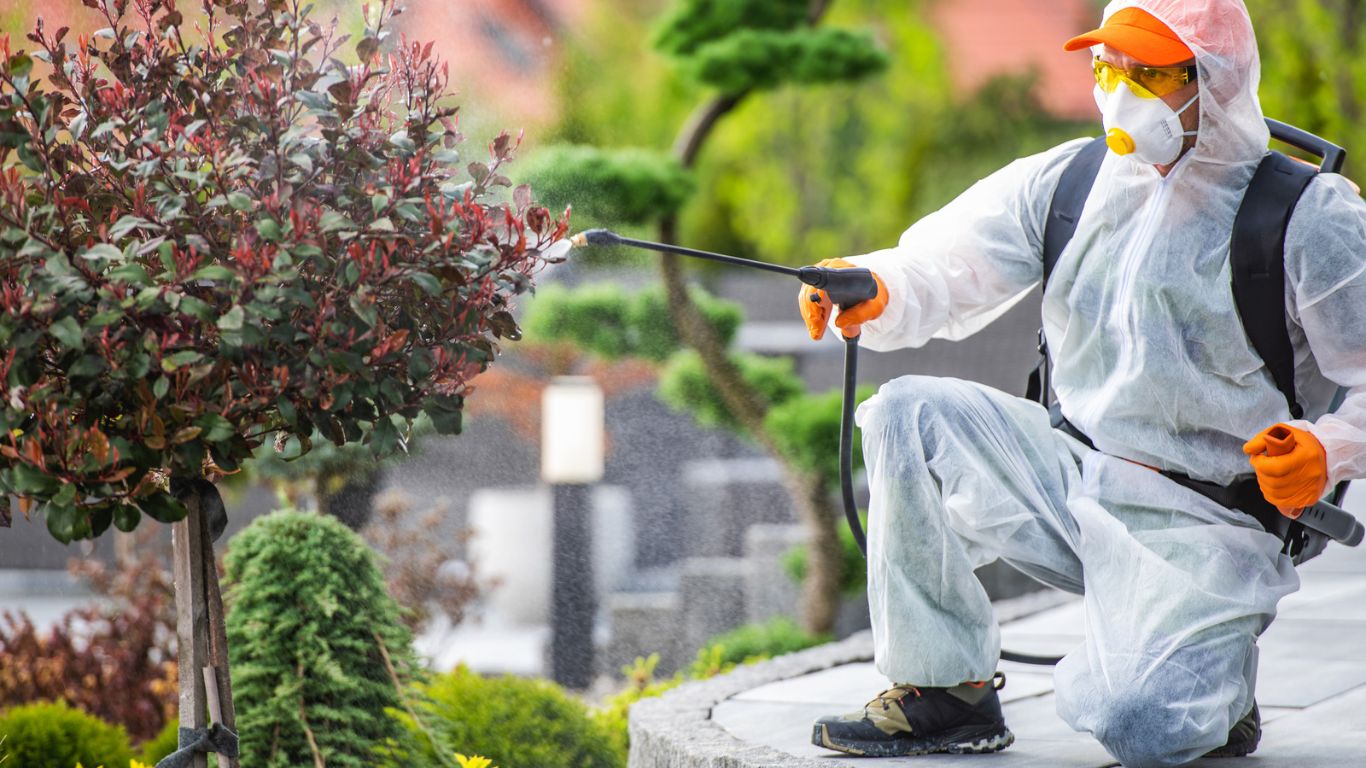
Treatment Options
When it comes to treating bugs and insects, there are a variety of options available. Pest control businesses typically offer chemical treatments, non-chemical treatments, and integrated pest management.
Chemical Treatments
Chemical treatments involve using pesticides to kill and control pests. These treatments are often effective, but they can also be harmful to humans and pets if not used properly. Pest control professionals are trained to use these chemicals safely and effectively.
Chemical treatments can come in various forms, such as sprays, baits, and dusts. The type of treatment used will depend on the type of pest and the severity of the infestation. In some cases, multiple treatments may be necessary.
It's important to note that chemical treatments should only be used as a last resort and in accordance with all safety guidelines and regulations.
Non-Chemical Treatments
Non-chemical treatments involve using physical methods to control pests. These methods can include trapping, exclusion, and sanitation. Non-chemical treatments are often preferred by those who are concerned about the potential health risks associated with chemical treatments.
Trapping involves using devices to capture and remove pests from the area. Exclusion involves sealing off entry points to prevent pests from entering the area. Sanitation involves removing sources of food and water that attract pests.
Non-chemical treatments can be effective, but they may not be as quick or comprehensive as chemical treatments. Pest control professionals can help determine the best non-chemical treatment options for a specific situation.
Integrated Pest Management
Integrated pest management (IPM) is a comprehensive approach to pest control that combines both chemical and non-chemical treatments. IPM involves identifying the root cause of the pest problem and implementing a range of strategies to control and prevent future infestations.
IPM typically involves four steps: inspection, identification, treatment, and monitoring. Pest control professionals will inspect the area to identify the type of pest and the severity of the infestation. They will then develop a treatment plan that may include both chemical and non-chemical treatments. Finally, they will monitor the area to ensure that the treatment is effective and to prevent future infestations.
IPM is often considered a more sustainable and environmentally friendly approach to pest control. It can also be more effective in the long term, as it focuses on preventing future infestations rather than just treating the current one.
In conclusion, pest control businesses offer a variety of treatment options for dealing with different types of bugs and insects. Chemical treatments, non-chemical treatments, and integrated pest management each have their own advantages and disadvantages. Pest control professionals can help determine the best treatment options for a specific situation and ensure that all treatments are used safely and effectively.
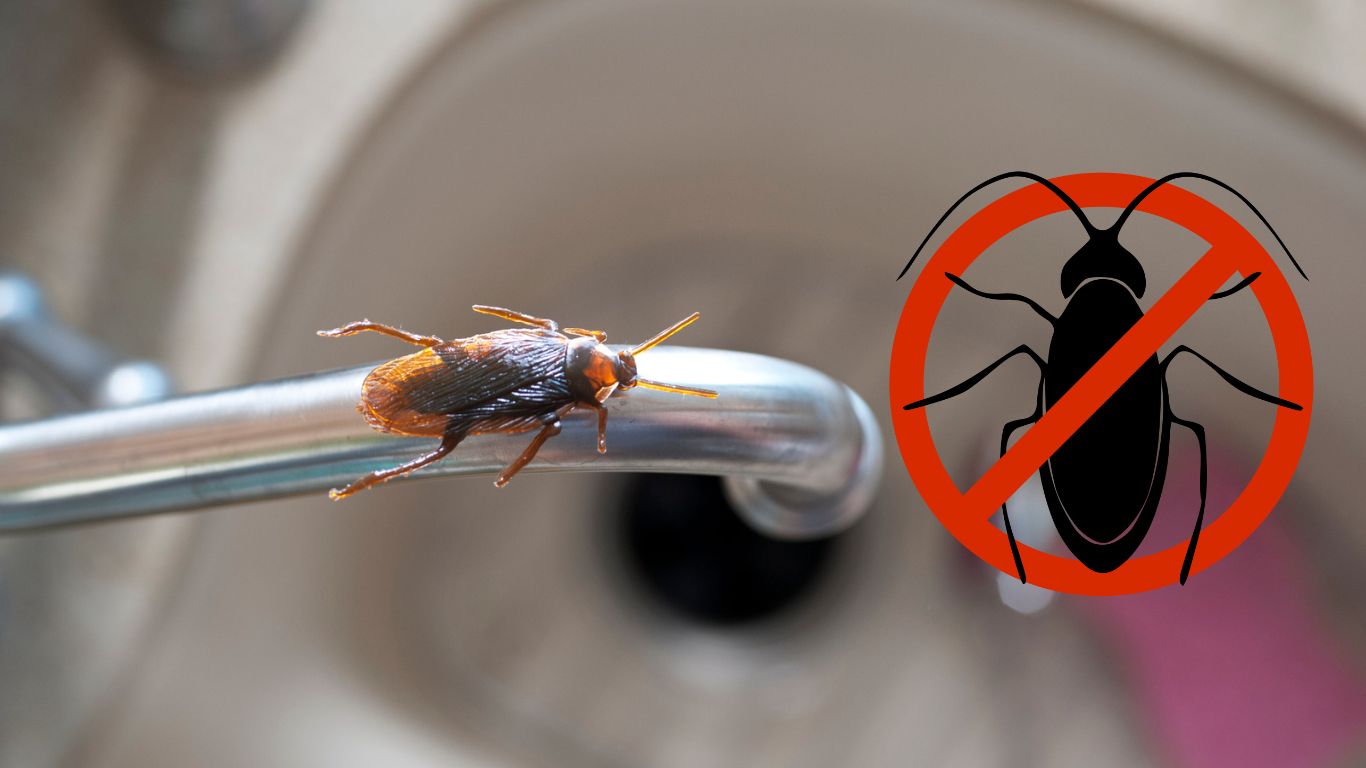
Equipment and Tools
As a pest control business, having the right equipment and tools is crucial to effectively and efficiently deal with different types of bugs and insects. There are various types of equipment and tools available in the market, and it is important to choose the ones that are appropriate for the type of pest control service being provided.
Sprayers
Sprayers are an essential tool for pest control businesses, as they allow for the precise application of insecticides and other chemicals. There are different types of sprayers available, including backpack sprayers, handheld sprayers, and motorized sprayers. Backpack sprayers are ideal for larger areas, while handheld sprayers are better suited for smaller areas. Motorized sprayers are useful for larger outdoor areas, such as lawns and gardens.
When choosing a sprayer, it is important to consider the type of chemical being used and the area that needs to be treated. It is also important to choose a sprayer that is easy to use and maintain.
Bait Stations
Bait stations are an effective way to control pests, especially rodents. They are designed to attract pests to the station, where they consume the bait and are killed. Bait stations are available in different sizes and shapes, and can be used both indoors and outdoors.
When using bait stations, it is important to place them in areas where pests are likely to travel. It is also important to choose a bait that is appropriate for the type of pest being targeted.
Traps
Traps are another effective way to control pests, especially rodents. There are different types of traps available, including snap traps, glue traps, and live traps. Snap traps are designed to kill the pest instantly, while glue traps are designed to trap the pest until it can be disposed of. Live traps are designed to capture the pest alive, allowing it to be released elsewhere.
When using traps, it is important to choose the right type of trap for the pest being targeted. It is also important to place the trap in an area where the pest is likely to travel.
Dust Applicators
Dust applicators are designed to apply insecticide dust to areas that are difficult to reach, such as cracks and crevices. They are available in different sizes and shapes, and can be used both indoors and outdoors.
When using a dust applicator, it is important to choose the right type of dust for the pest being targeted. It is also important to wear protective gear, such as gloves and a mask, to avoid inhaling the dust.
For more information on keeping work equipment in touch in your pest control business watch this video...
Safety Measures
When dealing with different types of bugs and insects in a pest control business, safety should always be a top priority. There are several safety measures that should be taken to ensure that both the pest control technician and the client are protected.
Protective Gear
One of the most important safety measures is the use of protective gear. Pest control technicians should always wear appropriate clothing, including long-sleeved shirts and pants, closed-toe shoes, and gloves. In addition, they should wear a respirator or mask to protect against inhaling pesticides. Eye protection is also important, as some pesticides can cause eye irritation or damage.
Proper Handling and Storage of Pesticides
Another important safety measure is the proper handling and storage of pesticides. Pesticides should always be handled with care and stored in a secure location, away from children and pets. They should also be labeled correctly and used according to the manufacturer's instructions. Overuse or misuse of pesticides can be dangerous and potentially harmful to both the technician and the client.
First Aid Procedures
In the event of accidental exposure to pesticides, it is important to have first aid procedures in place. This includes having a first aid kit on hand and knowing how to respond to different types of exposure. For example, if a pesticide is ingested, the technician should call poison control immediately and follow their instructions. If the pesticide comes into contact with the skin or eyes, the affected area should be washed thoroughly with soap and water and medical attention should be sought if necessary.
Overall, safety should always be a top priority when dealing with different types of bugs and insects in a pest control business. By following proper safety measures, pest control technicians can protect themselves and their clients from potential harm.
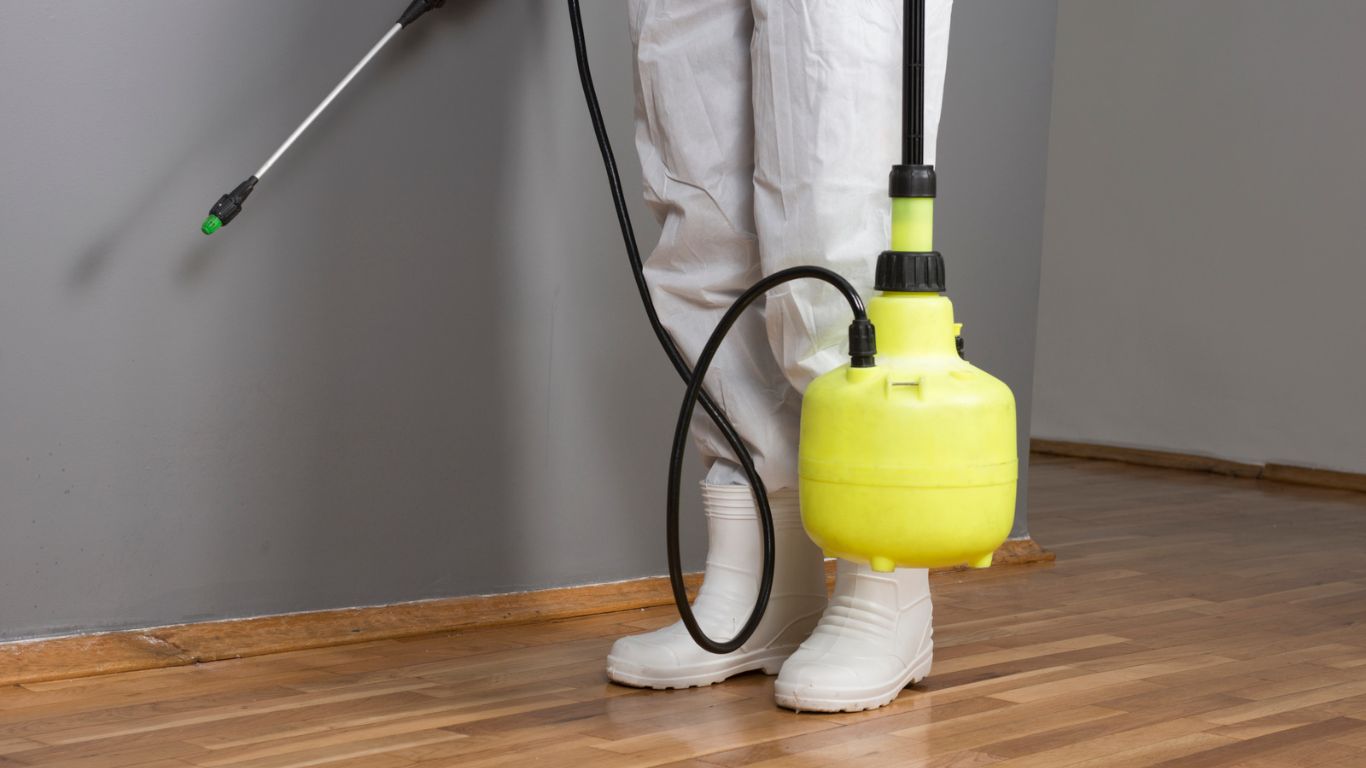
Dealing with Difficult Situations
As a pest control business owner, dealing with difficult situations is an inevitable part of the job. Whether it's a large infestation, resistant pests, or sensitive customers, it's important to have a plan in place to handle these situations effectively.
Dealing with Large Infestations
Large infestations can be overwhelming, but it's important to approach them with a clear plan of action. First, assess the extent of the infestation and determine the best course of treatment. This may involve multiple treatments over a period of time to completely eliminate the problem.
It's also important to communicate clearly with the customer about the treatment process and any necessary preparations they need to make. This may include vacating the premises during treatment, removing pets and plants, and sealing up any entry points to prevent further infestations.
Finally, follow up with the customer to ensure that the treatment was effective and address any remaining concerns they may have.
Dealing with Resistant Pests
Some pests can be particularly difficult to eliminate, especially if they have developed resistance to traditional treatments. In these cases, it's important to work with the customer to develop a customized treatment plan that targets the specific pest and utilizes alternative methods of control.
This may include using non-chemical methods such as traps or heat treatments, or working with a pest control supplier to find alternative chemical treatments that are effective against the resistant pest.
It's also important to educate the customer about the importance of ongoing pest management to prevent future infestations and maintain a pest-free environment.
Dealing with Sensitive Customers
Some customers may be particularly sensitive to the use of pesticides or other chemicals in their home or business. In these cases, it's important to listen carefully to their concerns and work with them to find alternative solutions that meet their needs.
This may involve using non-chemical methods of control, such as traps or exclusion techniques, or utilizing low-toxicity chemicals that are safe for use around sensitive individuals.
It's also important to communicate clearly with the customer about the treatment process and any potential risks or side effects. Providing detailed information about the chemicals being used and their potential impact on health and the environment can help alleviate concerns and build trust with the customer.
In conclusion, dealing with difficult situations is an inevitable part of running a pest control business. By approaching these situations with a clear plan of action and a focus on effective communication and customer service, you can successfully navigate even the most challenging pest control scenarios.

Conclusion
In conclusion, dealing with different types of bugs and insects in a pest control business can be challenging, but it is an essential part of the job. By understanding the behavior and habits of each pest, a pest control professional can develop effective control strategies that are safe, efficient, and environmentally friendly.
It is important to note that pest control is not a one-time solution. Regular inspections and treatments are necessary to prevent infestations from reoccurring. By educating clients on preventative measures, such as proper sanitation practices and sealing entry points, pest control professionals can help to minimize the risk of future pest problems.
In addition, it is crucial to stay up-to-date on the latest pest control technologies and techniques. Continuing education and training can help pest control professionals to provide the best possible service to their clients and stay competitive in the industry.
Overall, a successful pest control business requires a combination of knowledge, expertise, and excellent customer service. By providing effective solutions and building trust with clients, a pest control professional can establish a positive reputation and grow their business over time.
Listen To Our Podcast And Learn How To...

Create systems for your pest control business so everything runs smoothly and without causing tons of stress to you and your family.
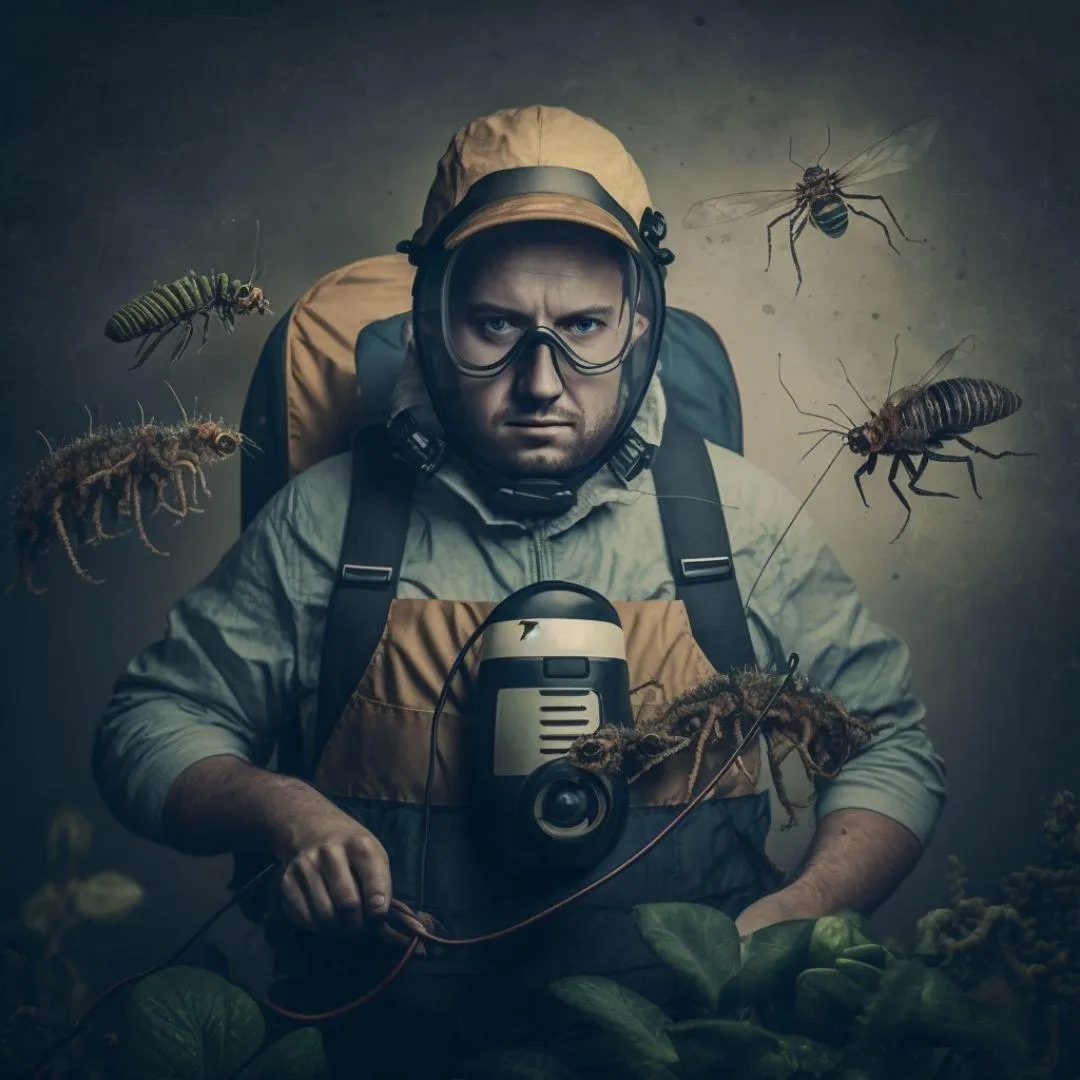
Get your first client and many more so that you can create financial freedom and stop worrying about bills.
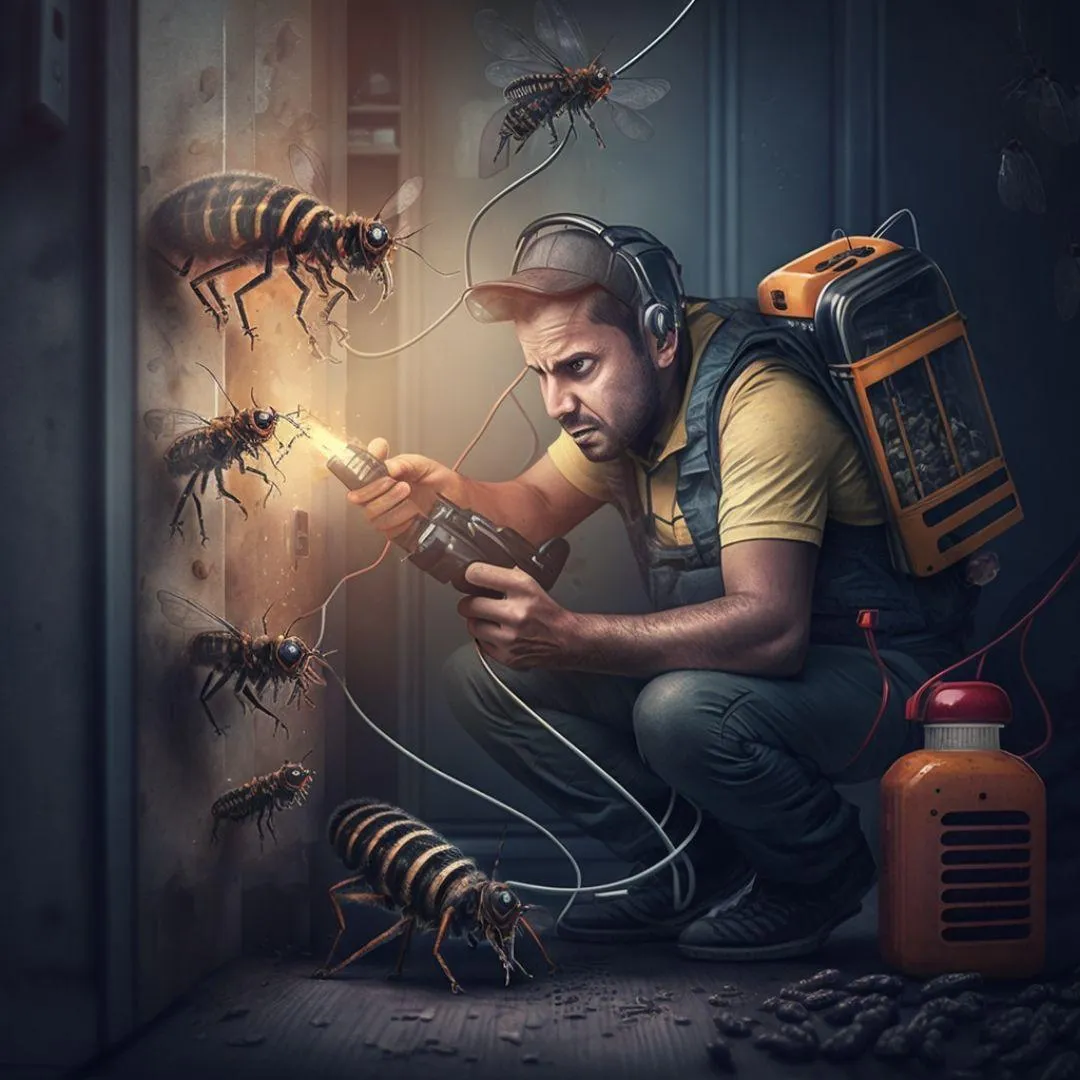
Hire a team of sub-contractors so you can spend more time relaxing and less time spraying.

Grow your paid and organic marketing on Google and other channels so you can get clients on autopilot.
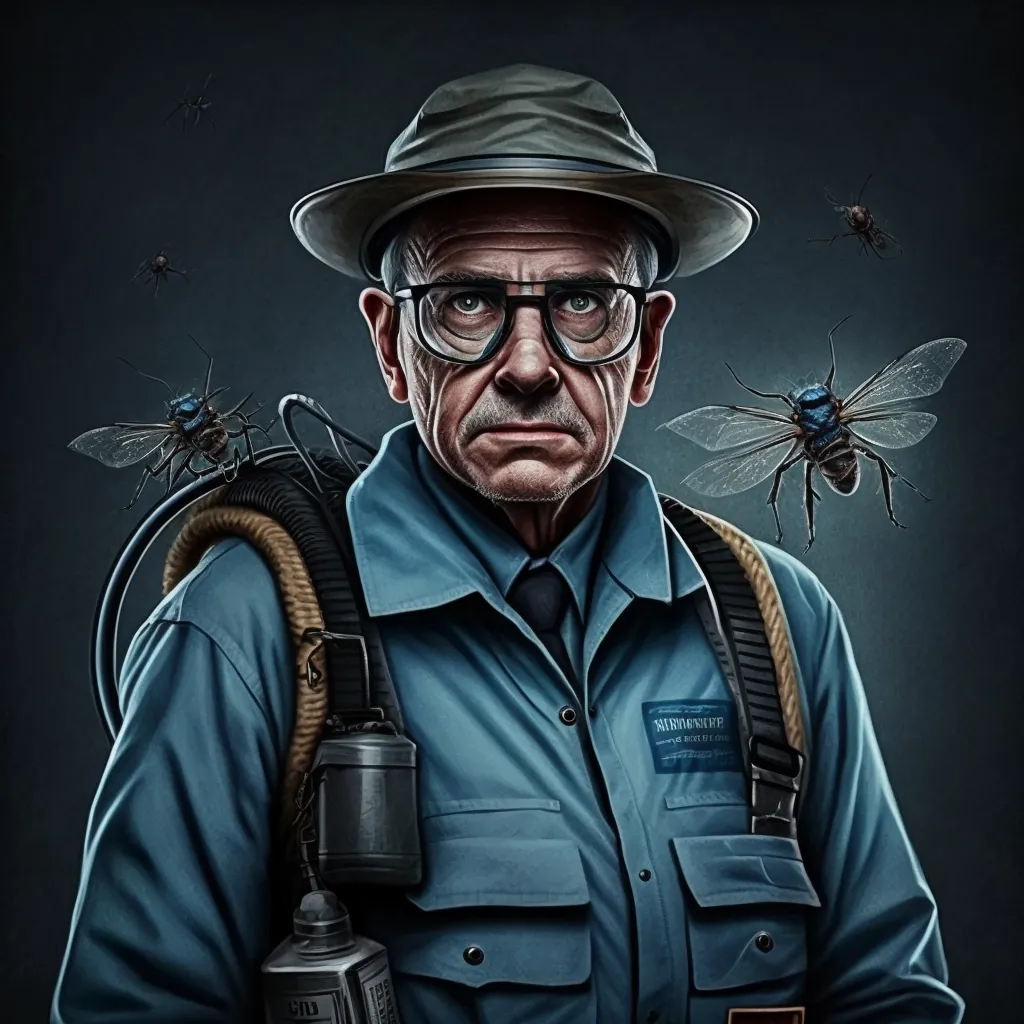
Become a pest control industry expert.
Listen To These Highlights From The Show...
Subscribe To The Podcast So You Never Miss An Episode






